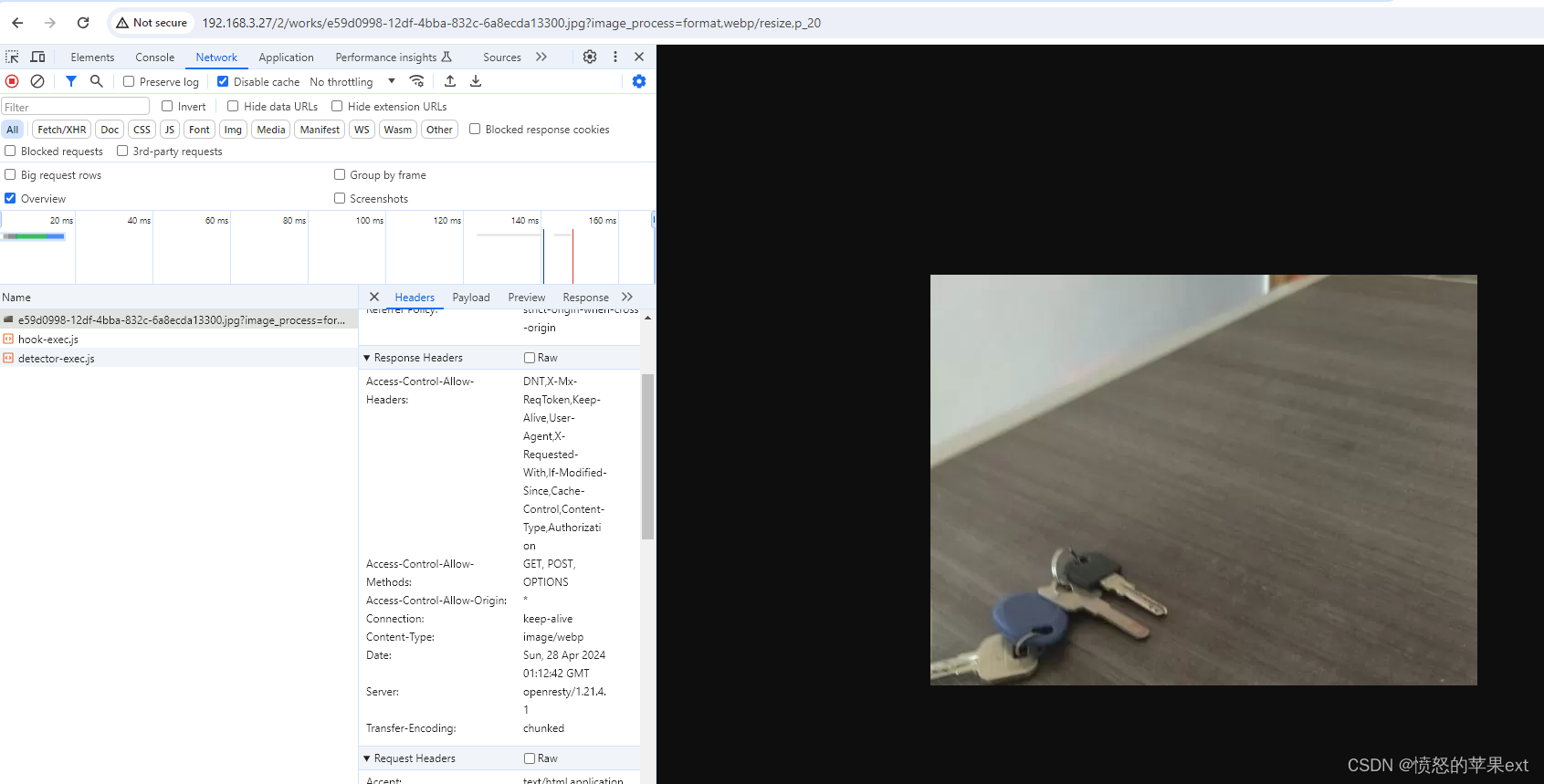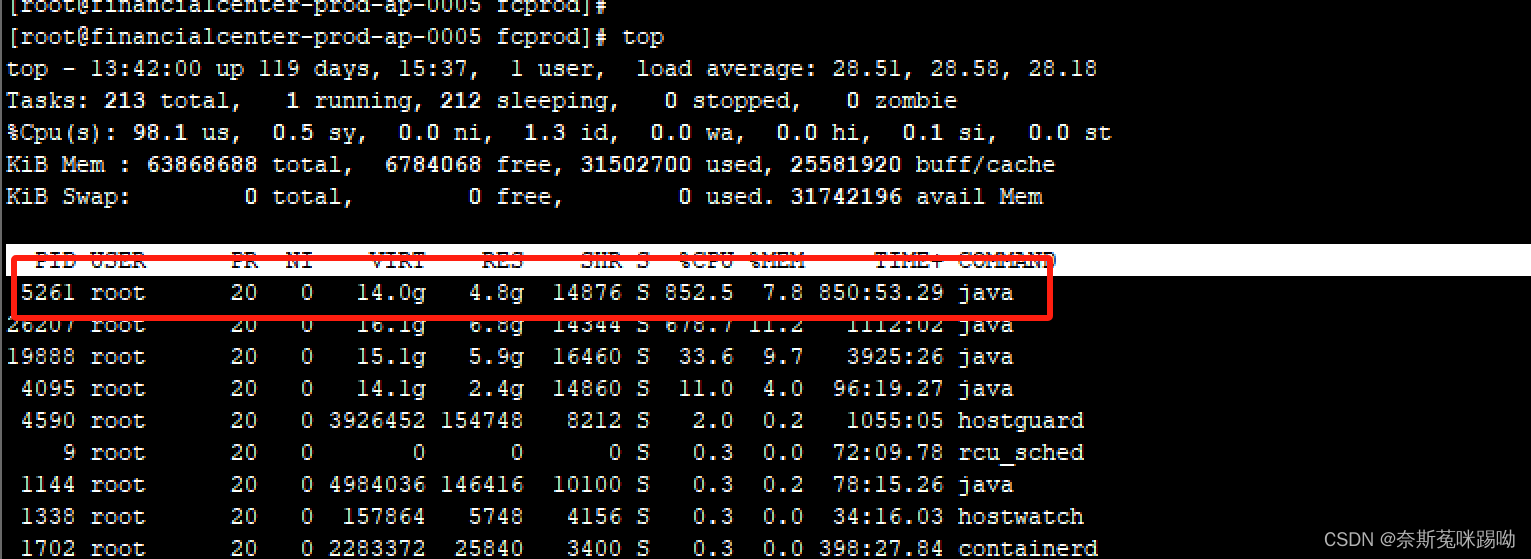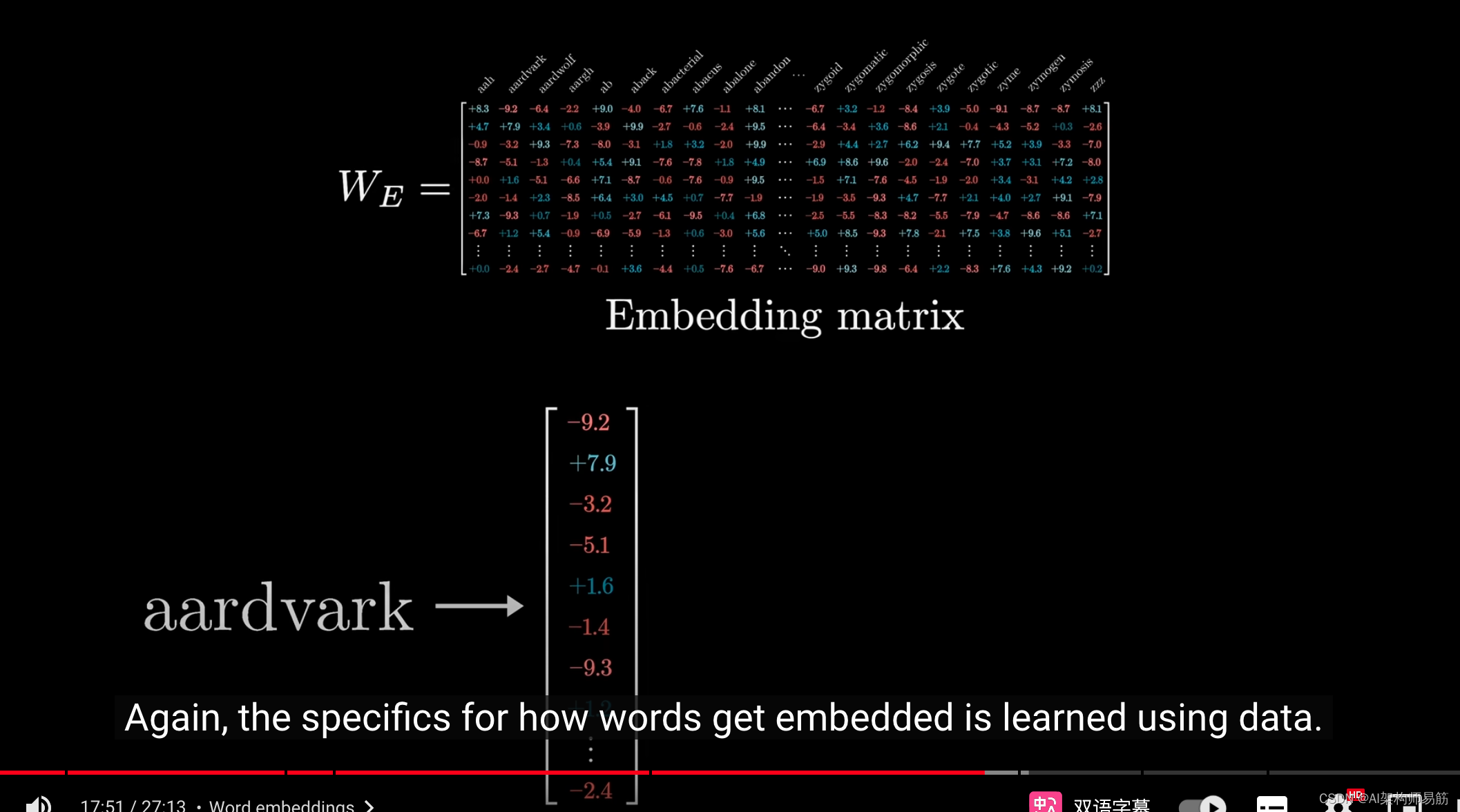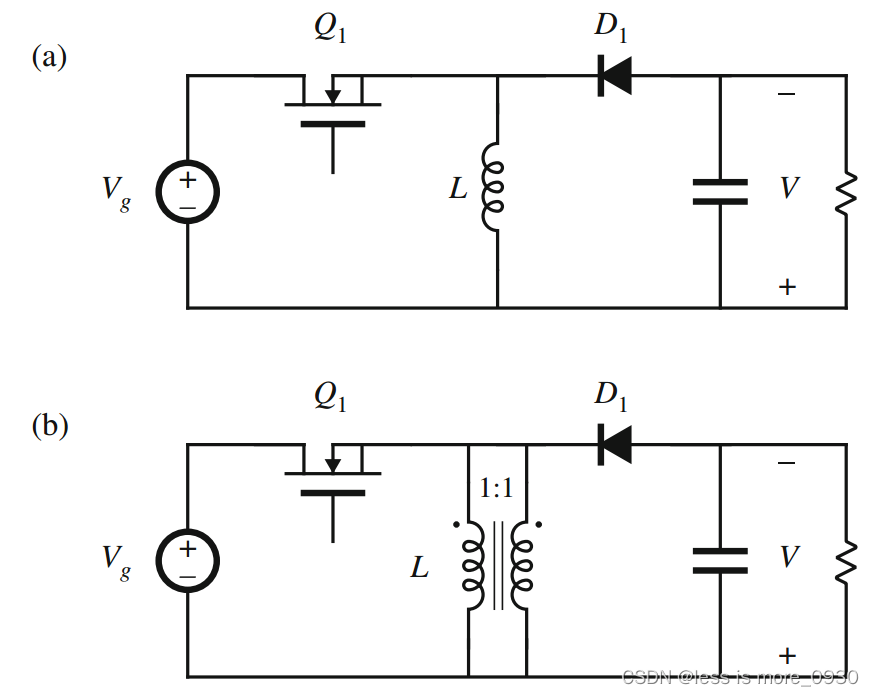三维装箱问题(Three Dimensional Container Loading Problem)是一个在运输和包装等行业中广泛存在的物资装载问题。它指的是在满足容积限制、外形几何限制和稳定性限制等条件的情况下,将一定数量体积较小的物品放入具有较大容量的一个或多个箱子中,以达到所用箱子数量最少、空间利用率最高、稳定性最好、装载价值最高、容重比最高等目的的组合优化问题。
由于三维装箱问题具有复杂约束条件和计算复杂性,因此其求解难度很大。为了解决这个问题,研究人员提出了多种算法,其中遗传算法和模拟退火算法是两种常用的方法。遗传算法是一种基于生物进化原理的优化算法,通过模拟自然选择和遗传机制来寻找问题的最优解。模拟退火算法则是一种模拟物理退火过程的随机优化算法,通过模拟金属加热后逐渐冷却的过程来求解组合优化问题。
三维装箱问题是一个经典的组合优化问题,其要点和难点如下:
要点:
物体和箱子的描述:要正确解决装箱问题,需要准确描述物体和箱子的属性,如长、宽、高等。
优化目标:通常,优化目标是最小化所需的箱子数量,或者最小化未被利用的空间。
装箱策略:选择合适的装箱策略至关重要。一些常见的策略包括:贪心算法、回溯算法、动态规划等。
约束条件:必须考虑到各种约束条件,如物体不能被切割、箱子的数量限制等。
性能优化:对于大规模问题,算法的性能和效率是一个重要考虑因素。
难点:
组合爆炸:物体放置的可能方式可能非常多,导致搜索空间极度庞大。
算法复杂度:寻找最优解的算法可能具有指数级别的复杂度,难以在合理的时间内完成计算。
局部最优解:一些算法可能会陷入局部最优解,难以找到全局最优解。
约束处理:处理各种约束条件,如物体不能重叠、箱子的数量限制等,增加了问题的复杂性。
实际性能:在实际应用中,需要考虑算法的实际性能,包括内存占用、运行时间等因素。
三维装箱算法在物流、运输、3D打印、工厂生产、优化田地利用等领域有着广泛的应用。在物流领域,三维装箱算法可以帮助物流公司提高运输效率、降低运输成本,通过优化装箱方案来减少所需箱子的数量和空间利用率,从而降低运输成本。此外,三维装箱算法还可以应用于其他领域,如工厂生产中的物料配送、田地利用中的农作物种植等。
三维装箱问题的应用场景相当广泛,主要包括但不限于以下几个方面:
- 物流业中的装箱优化:物流公司需要将各种货物尽可能地紧密装入航空、海运或陆运的集装箱中,以最小的成本完成运输。三维装箱算法可以帮助物流公司提高运输效率、降低运输成本。
- 工业生产中的物料配送:在工厂生产中,经常需要将不同尺寸和形状的零部件装入特定的容器中,以便进行下一步的加工或运输。三维装箱算法可以优化这一过程,提高生产效率。
- 3D打印:在3D打印领域,需要将多个3D模型紧密地排列在打印平台上,以最大化打印效率。三维装箱算法可以帮助解决这一问题。
- 工厂生产排程:在工厂生产过程中,可能需要将多个产品按照特定的顺序和规则放入生产线上的容器中。三维装箱算法可以优化这一过程,提高生产线的效率。
- 优化田地利用:在农业领域,可以利用三维装箱算法来优化田地的利用,例如通过合理安排农作物的种植位置和密度,以最大化田地的产量和效益。
- 计算机科学领域:装箱问题在计算机科学领域也有广泛的应用,如多处理器任务调度、资源分配、文件分配、内存管理等底层操作,甚至在一些棋盘形、方块形的数学智力游戏中也会出现装箱问题。
贪心算法案例参考:
这里是一个简单的 Python 示例代码,使用了一种简单的贪心算法来解决这个问题:
class Box:
def __init__(self, width, height, depth):
self.width = width
self.height = height
self.depth = depth
class Item:
def __init__(self, width, height, depth):
self.width = width
self.height = height
self.depth = depth
def pack_boxes(boxes, items):
packed_boxes = []
for item in items:
for box in packed_boxes:
if box.width >= item.width and box.height >= item.height and box.depth >= item.depth:
box.width -= item.width
box.height -= item.height
box.depth -= item.depth
break
else:
new_box = Box(10, 10, 10) # 默认箱子大小
new_box.width -= item.width
new_box.height -= item.height
new_box.depth -= item.depth
packed_boxes.append(new_box)
return packed_boxes
# 测试
items = [Item(3, 4, 5), Item(2, 3, 4), Item(1, 2, 3), Item(2, 2, 2)]
packed_boxes = pack_boxes([Box(10, 10, 10)], items)
print("Packed boxes:")
for i, box in enumerate(packed_boxes):
print(f"Box {i+1}: Width: {box.width}, Height: {box.height}, Depth: {box.depth}")
遗传算法解决三维装箱问题示例:
import random
class Box:
def __init__(self, width, height, depth):
self.width = width
self.height = height
self.depth = depth
class Item:
def __init__(self, width, height, depth):
self.width = width
self.height = height
self.depth = depth
def generate_initial_population(num_boxes, items):
population = []
for _ in range(num_boxes):
box = Box(random.randint(5, 20), random.randint(5, 20), random.randint(5, 20))
packed_items = []
remaining_space = box.width * box.height * box.depth
while items and remaining_space > 0:
item = random.choice(items)
if item.width <= box.width and item.height <= box.height and item.depth <= box.depth:
packed_items.append(item)
items.remove(item)
remaining_space -= item.width * item.height * item.depth
population.append((box, packed_items))
return population
def fitness(box, packed_items):
total_volume = box.width * box.height * box.depth
packed_volume = sum(item.width * item.height * item.depth for item in packed_items)
return packed_volume / total_volume
def select_parents(population, num_parents):
parents = []
for _ in range(num_parents):
parent = max(population, key=lambda x: fitness(*x))
population.remove(parent)
parents.append(parent)
return parents
def crossover(parents):
parent1, parent2 = parents
crossover_point = random.randint(1, min(len(parent1[1]), len(parent2[1])))
child1_items = parent1[1][:crossover_point] + parent2[1][crossover_point:]
child2_items = parent2[1][:crossover_point] + parent1[1][crossover_point:]
return [(parent1[0], child1_items), (parent2[0], child2_items)]
def mutation(child, items):
mutated_child_items = child[1][:]
for _ in range(random.randint(1, 3)):
if random.random() < 0.5 and items:
item = random.choice(items)
if item.width <= child[0].width and item.height <= child[0].height and item.depth <= child[0].depth:
mutated_child_items.append(item)
items.remove(item)
elif mutated_child_items:
removed_item = random.choice(mutated_child_items)
mutated_child_items.remove(removed_item)
items.append(removed_item)
return (child[0], mutated_child_items)
# 测试
items = [Item(random.randint(1, 10), random.randint(1, 10), random.randint(1, 10)) for _ in range(10)]
population_size = 10
num_generations = 100
population = generate_initial_population(population_size, items)
for generation in range(num_generations):
parents = select_parents(population, 2)
children = crossover(parents)
mutated_children = [mutation(child, items[:]) for child in children]
population = parents + mutated_children
best_solution = max(population, key=lambda x: fitness(*x))
print("Best solution:")
print("Box size:", (best_solution[0].width, best_solution[0].height, best_solution[0].depth))
print("Packed items:", [(item.width, item.height, item.depth) for item in best_solution[1]])

































